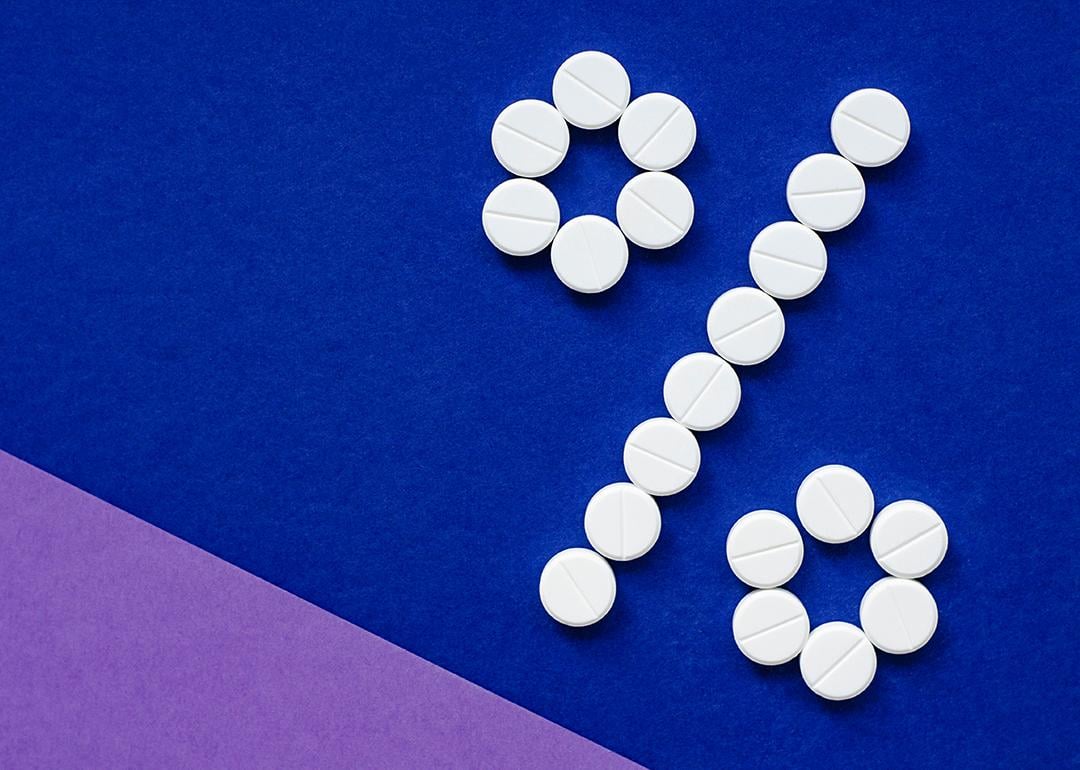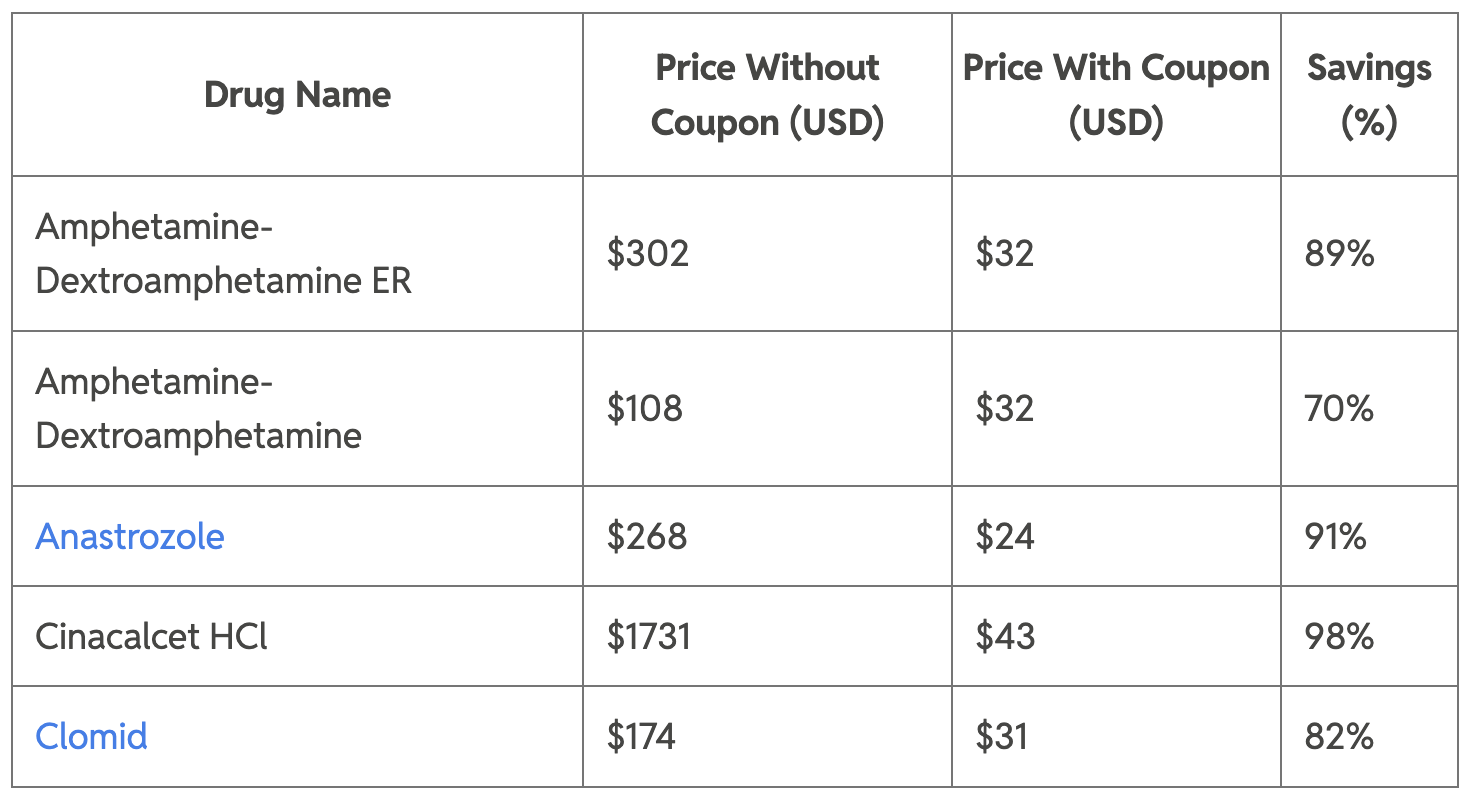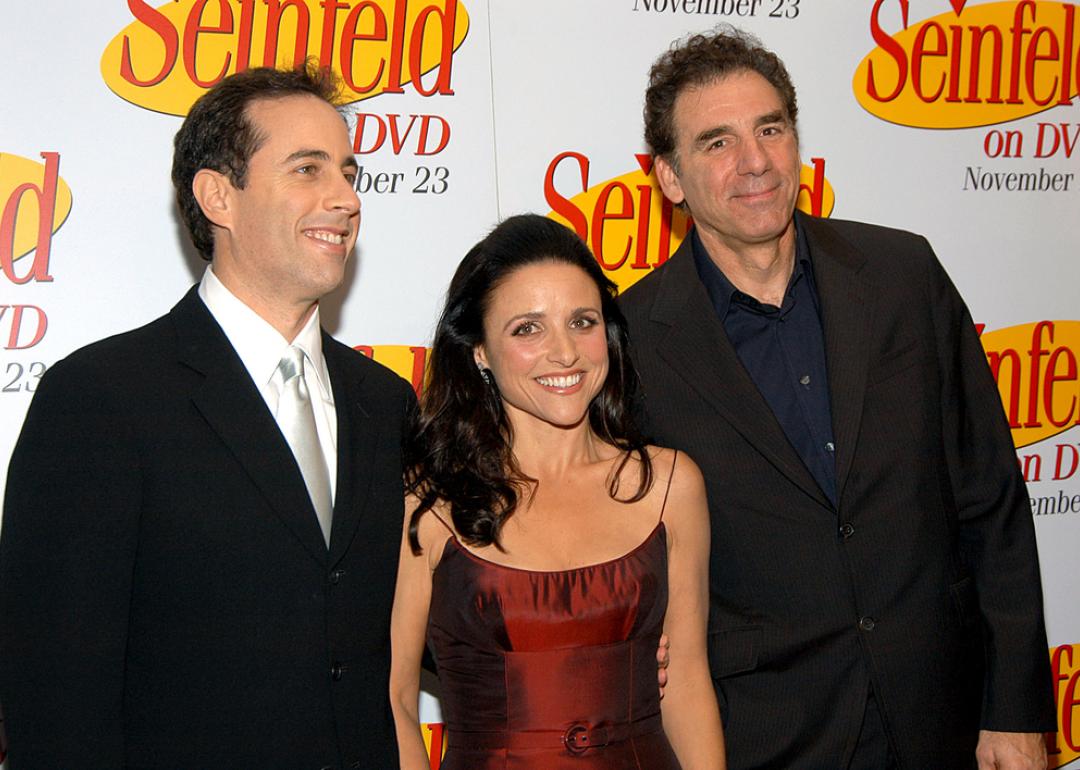
How prescription coupons lower drug prices for uninsured and underinsured Americans
This story was produced by SaveHealth and reviewed and distributed by Stacker.
How prescription coupons lower drug prices for uninsured and underinsured Americans
The rising cost of prescription drugs has been a significant concern for many Americans, especially those who lack adequate insurance coverage. With prices for common medications often reaching hundreds—or even thousands—of dollars, it's no surprise that prescription coupons have emerged as a vital resource, offering relief to uninsured, underinsured, and those on suboptimal insurance plans.
The Landscape of Prescription Costs in America
In the U.S., over 27 million people remain uninsured as of 2021, according to the Kaiser Family Foundation, or KFF. Additionally, millions more are underinsured, meaning their plans come with high deductibles or out-of-pocket costs that make accessing health care unaffordable. Together, these populations face significant barriers to obtaining necessary medications to treat their medical conditions.
A recent analysis of drug prices, based on data provided by SaveHealth, highlights the severity of the issue and underscores the importance of prescription coupons in reducing costs.
This stark contrast in pricing demonstrates the transformative potential of prescription coupons for millions of Americans who might otherwise forgo essential treatments due to cost.
Consider the following examples of commonly prescribed medications and their price differences:

The Benefits of Prescription Coupons
Prescription discount coupons—offered through platforms like SaveHealth.com, GoodRx, and SingleCare—work by negotiating lower prices directly with pharmacies or manufacturers. These coupons allow individuals to pay significantly less than the list price of a drug, regardless of their insurance status.
1. Accessibility for the uninsured. Uninsured individuals often face the highest medication prices because they lack the bargaining power of insurers. Coupons bridge this gap, offering them prices comparable to—or even lower than—those paid by insured patients. For example, drugs like Clomid, used for fertility treatments, drop from $174 to just $31 with a coupon—a savings of over 80%.
2. Relief for the underinsured. Underinsured Americans frequently encounter high out-of-pocket costs, particularly if their insurance plans exclude specific drugs or impose stringent caps. In these scenarios, coupons offer a critical alternative, ensuring patients can afford their medications without draining their savings.
3. Flexibility and choice. Coupons also provide patients with the freedom to shop around. Unlike insurance plans that tie patients to specific pharmacies, prescription coupons work across a wide range of retailers, ensuring patients get the best price available.
The Underlying Crisis: How Many Americans Need This Lifeline?
The KFF reports that nearly 23% of adults in the U.S. are underinsured, a statistic that has grown over the years due to rising deductibles and stagnant wages. Combined with the uninsured population, this means nearly 100 million Americans could benefit from tools like prescription coupons to manage their health care costs.
Consider the implications of these numbers:
A 2022 Gallup poll found that 18 million Americans were unable to afford at least one prescription medication in the prior year. The Commonwealth Fund states that 43% of working-age adults are inadequately insured, highlighting the widespread reach of this problem.
The Broader Implications of Prescription Coupons
Beyond individual savings, prescription coupons have a cascading effect on public health:
1. Improved medication adherence. High drug prices often lead patients to skip doses or abandon treatments altogether, which can exacerbate health conditions and lead to costly hospitalizations. Coupons reduce this risk by making medications affordable, thereby encouraging adherence to prescribed regimens.
2. Reduced health care inequities. Low-income and minority populations are disproportionately represented among the uninsured and underinsured. By leveling the playing field in access to medications, coupons contribute to reducing health care disparities and promoting equity.
3. Empowerment through transparency. The ability to compare prices and choose affordable options empowers patients, fostering a sense of control over their healthcare decisions.
Challenges and Limitations
While prescription coupons are undeniably beneficial, they are not a panacea. Critics argue that reliance on coupons highlights systemic failures in the American health care system, where drug pricing remains opaque and unregulated. Moreover, coupons primarily benefit those who actively seek them out, leaving behind individuals who may lack internet access or awareness of these programs.
The Way Forward
To maximize the impact of prescription coupons, policymakers, health care providers, and advocacy groups can:
1. Raise awareness: Publicize the availability of coupons through healthcare providers, community organizations, and public campaigns.
2. Expand accessibility: Ensure coupons are user-friendly and available to all demographics, including older adults and non-English speakers.
3. Address systemic issues: Advocate for broader reforms to tackle the root causes of high drug prices, such as increased transparency and regulation.
Trends in Prescription Drug Expenditures
The average annual expenditure on prescription drugs per consumer unit in the United States has shown notable fluctuations over the past decade. From $280 in 2013 to a peak of $350 in 2020, spending reflected rising costs and increased usage of prescription medications. However, recent years have seen a slight decline, with expenditures dropping to $313 in 2023. This decline may be attributed to factors such as increased competition, the availability of generic drugs, and expanded access to prescription coupon programs.
Conclusion
For uninsured and underinsured Americans, prescription coupons address a critical gap in the healthcare system, ensuring that millions can access the treatments they need to lead healthier lives.



